I once left some cases of soda in my car overnight during winter, and by morning, most of them had exploded, leaving my cabin covered in sticky brown ice. This mistake taught me that cars are terrible winter storage units.
Like me, many car owners have learned the hard way. From musical instruments to plants and everything in between, there’s a long list of things you should never leave in your car during winter.
The freezing and fluctuating temperatures during winter can damage your equipment and perishables or even cost you hundreds of dollars in replacement costs. However, with some precaution, you don’t have to make the same mistakes I did. Here are 13 items you should never leave in your car during the cold season.
Electronics
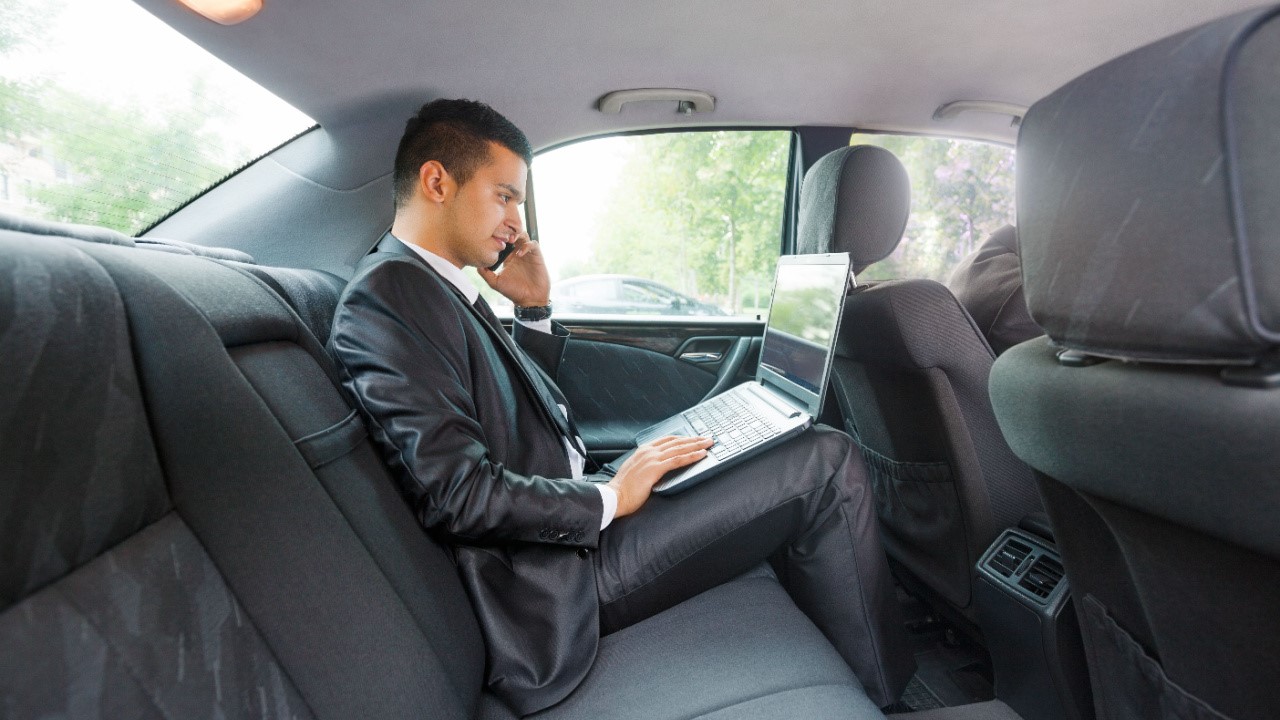
Your electronic devices hate the cold as much as they hate the heat. Smartphones, laptops, tablets, and cameras contain lithium-ion batteries that perform poorly in cold temperatures and can be permanently damaged below freezing.
LCD screens can also become sluggish or stop working entirely. Cold temperatures can cause condensation when bringing devices into warm areas, leading to internal damage. Keep electronics with you or store them at room temperature. If you must leave them in the car, use insulated bags and remove them promptly upon reaching your destination.
Medications
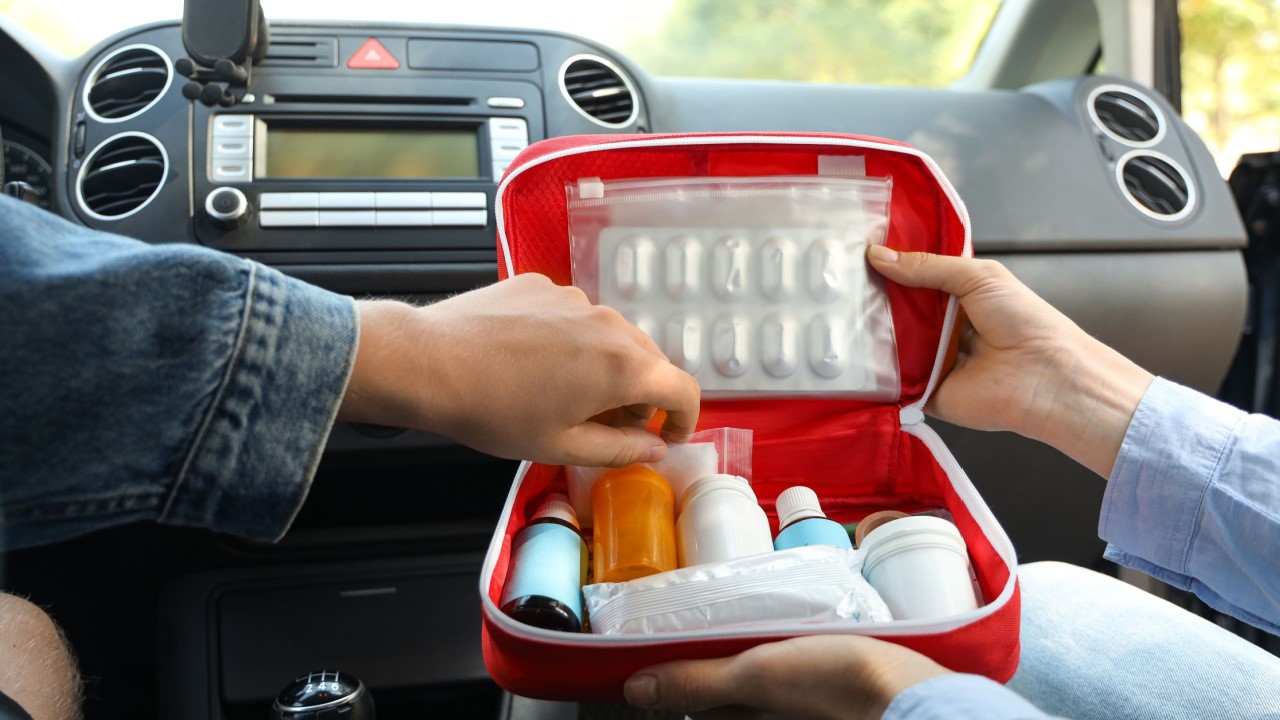
Many medications must be stored at controlled room temperatures (usually between 59-77°F). Extreme cold can make them less effective or even harmful.
Insulin, for example, can freeze and become ineffective, while liquid medications may expand and break their containers. Some medicines can also be affected by repeated freezing and thawing cycles. Always carry important medications with you in an insulated bag, or keep them at home or work where temperatures remain stable.
Musical Instruments

Extreme temperature changes can damage musical instruments, especially wooden ones like guitars, violins, or pianos. Cold temperatures cause wood to contract, leading to cracking, warping, or even delamination.
The sudden temperature changes when moving from cold to warm environments can be particularly damaging. Metal instruments aren’t safe either – brass and woodwind instruments can develop condensation inside, which could cause rust and mechanical problems. If you must transport instruments in winter, use insulated cases and never leave them in a parked car overnight.
Batteries
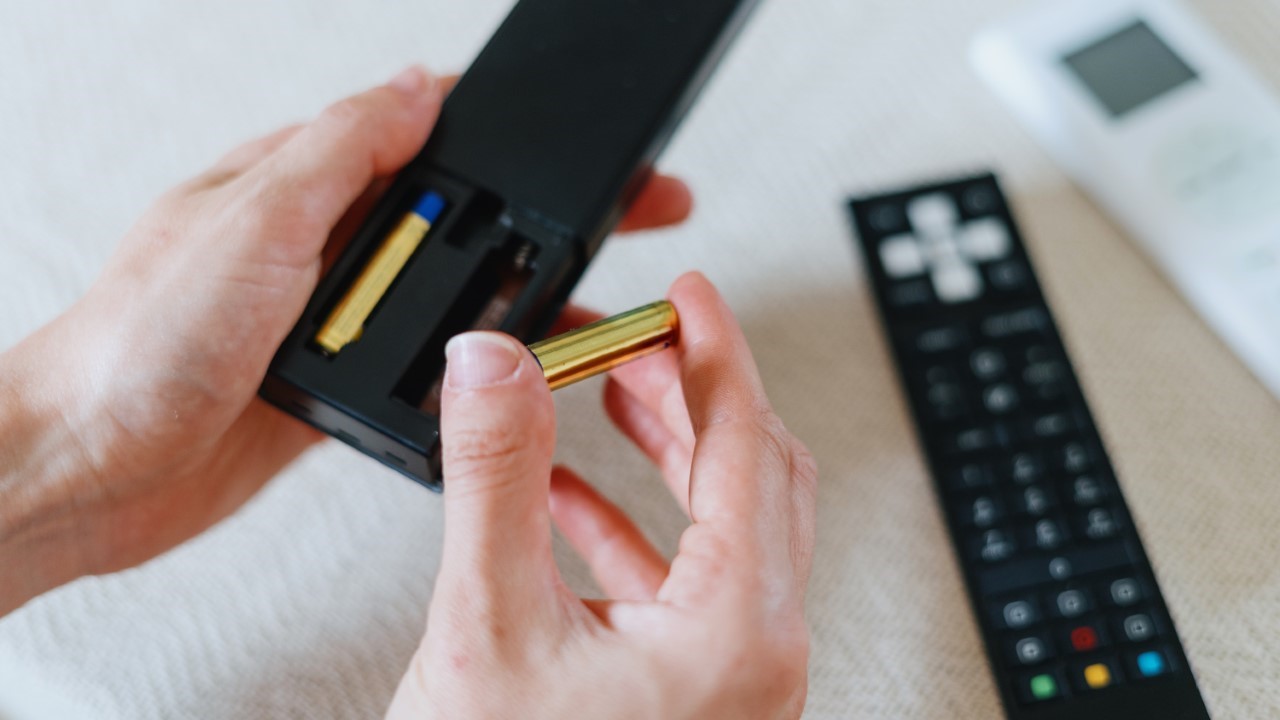
Standard batteries (alkaline, nickel-cadmium, etc.) lose power significantly faster in cold weather and can leak or rupture when frozen. Cold temperatures reduce chemical reactions inside batteries, diminishing their performance and lifespan.
Car batteries are especially vulnerable – while they’re designed for outdoor use, extreme cold reduces their capacity by up to 50%. Keep spare batteries at room temperature, and consider having your car battery tested before winter to ensure it’s strong enough for cold weather.
Perishable Food

Cold cars aren’t refrigerators. While you may think winter temperatures keep food fresh, the temperature fluctuations in a parked car can accelerate spoilage. Frozen food can thaw when the sun hits your car, creating perfect conditions for bacterial growth.
Canned goods can freeze and expand, breaking seals or bursting containers. Transport groceries directly home and never use your car as a secondary storage space for food items.
Pets or Living Creatures
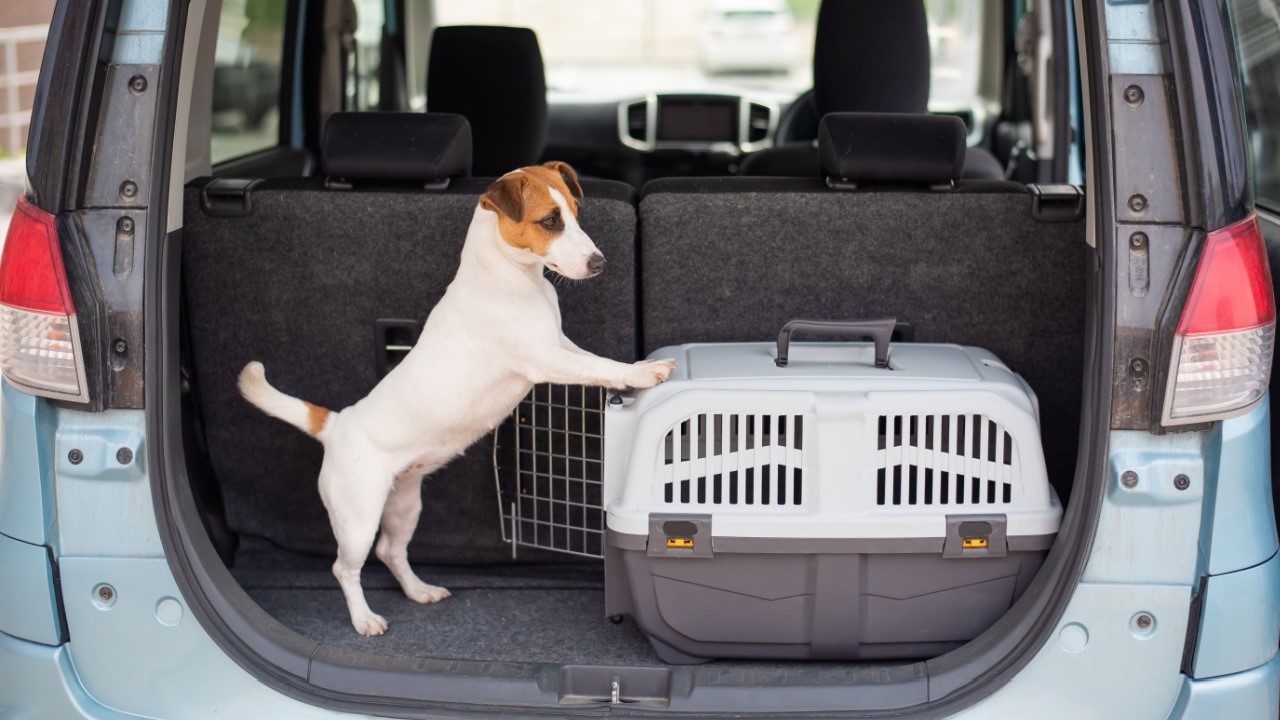
This should go without saying, but never leave pets in cars during winter. Cars can act like refrigerators in cold weather, and temperatures can quickly drop to dangerous levels. Even with blankets, pets can develop hypothermia or freeze to death.
The same applies to any living creatures, including plants. If you must transport pets in winter, keep the car heated while driving and never leave them unattended. Plants can be transported quickly to their destination using insulated containers.
Canned Beverages
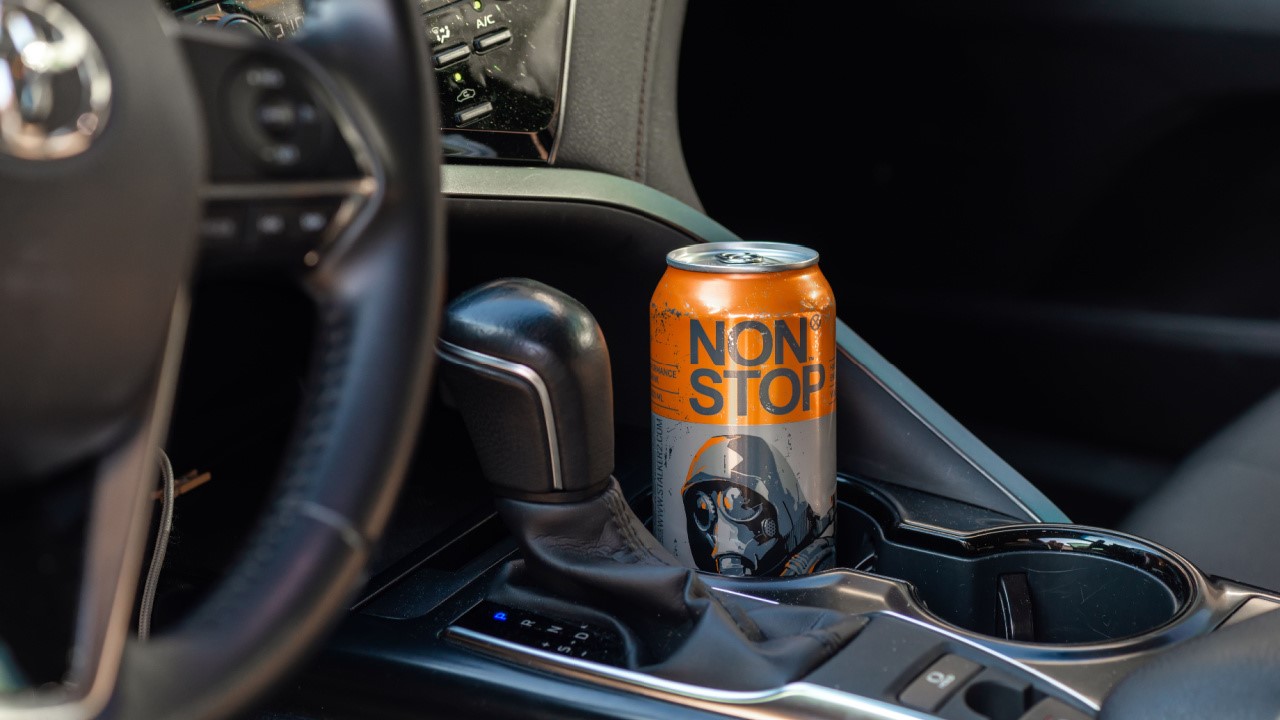
That case of sodas or energy drinks might seem harmless, but they become potential explosives when temperatures plummet. Liquid expands when it freezes, and sealed cans are not flexible enough to accommodate this expansion.
You don’t want burst cans creating a sticky, frozen mess in your car. Even if cans don’t explode, the repeated freezing and thawing cycles can compromise the can’s integrity and affect the taste. Keep beverages in your home or workplace; if you must transport them in winter, don’t leave them in the car overnight.
Wine or Beer

Alcohol may not freeze as easily as water, but wine and beer are still susceptible to cold damage. Wine can suffer from “tartrate crystallization” when frozen, affecting taste and texture.
The expanding liquid can push out corks or break bottles. Beer can separate when frozen, permanently altering its taste, and glass bottles can shatter. Premium wines are especially vulnerable to changing temperatures. Transport alcohol directly to its destination, using insulated carriers if necessary.
Wet Clothing or Boots
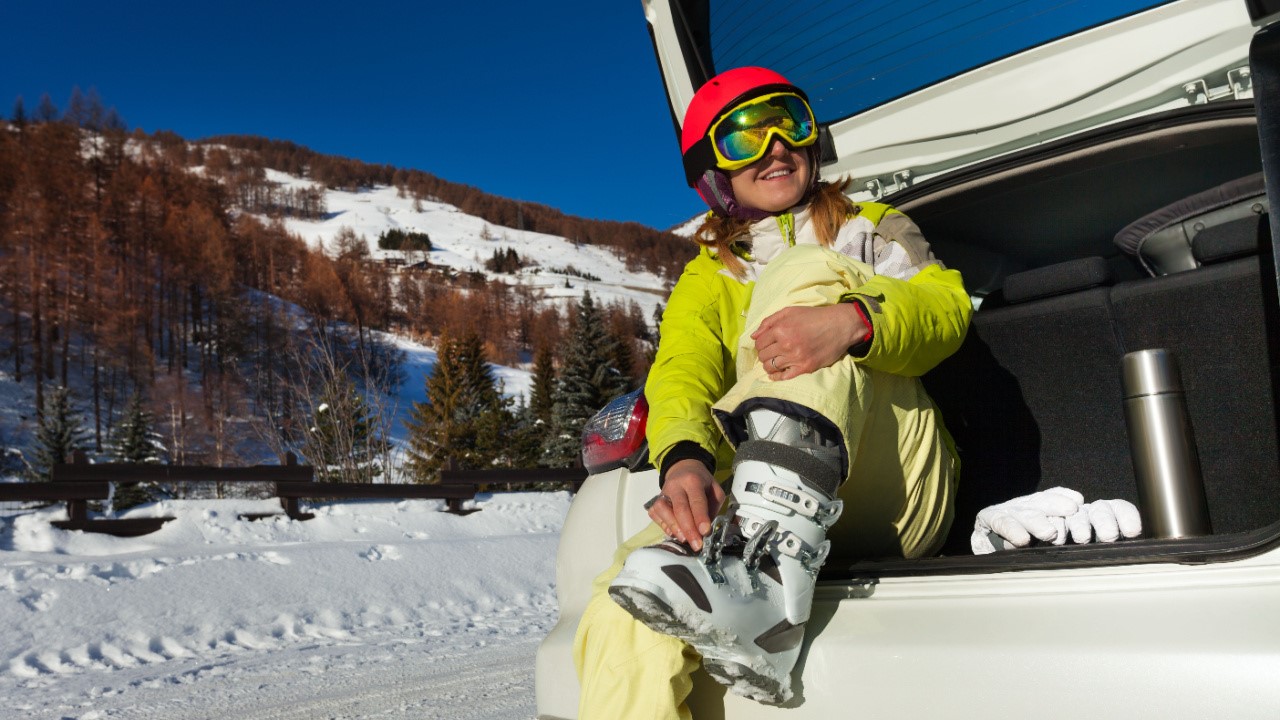
Leaving wet winter gear in your car creates perfect conditions for mold and mildew growth once the car warms up. Moreover, if temperatures drop below freezing, wet items can freeze solid, making them unusable until they thaw and potentially damaging the fibers in the process.
Ski boots, in particular, can become brittle and crack when frozen. Bring wet items inside to dry properly, using boot dryers or air drying away from direct heat sources. Consider keeping a separate bag for wet gear during winter activities.
Important Documents

Paper contracts, passports, birth certificates, or any important documents can be damaged by moisture accumulating in cold cars. When the temperature rises, condensation can cause papers to warp, ink to run, or pages to stick together.
Cold temperatures can make paper brittle and more susceptible to tearing. Store important documents at home in a fireproof safe or filing system. If you must transport documents, use a waterproof portfolio or document holder and take them with you when leaving the car.
Camera Equipment
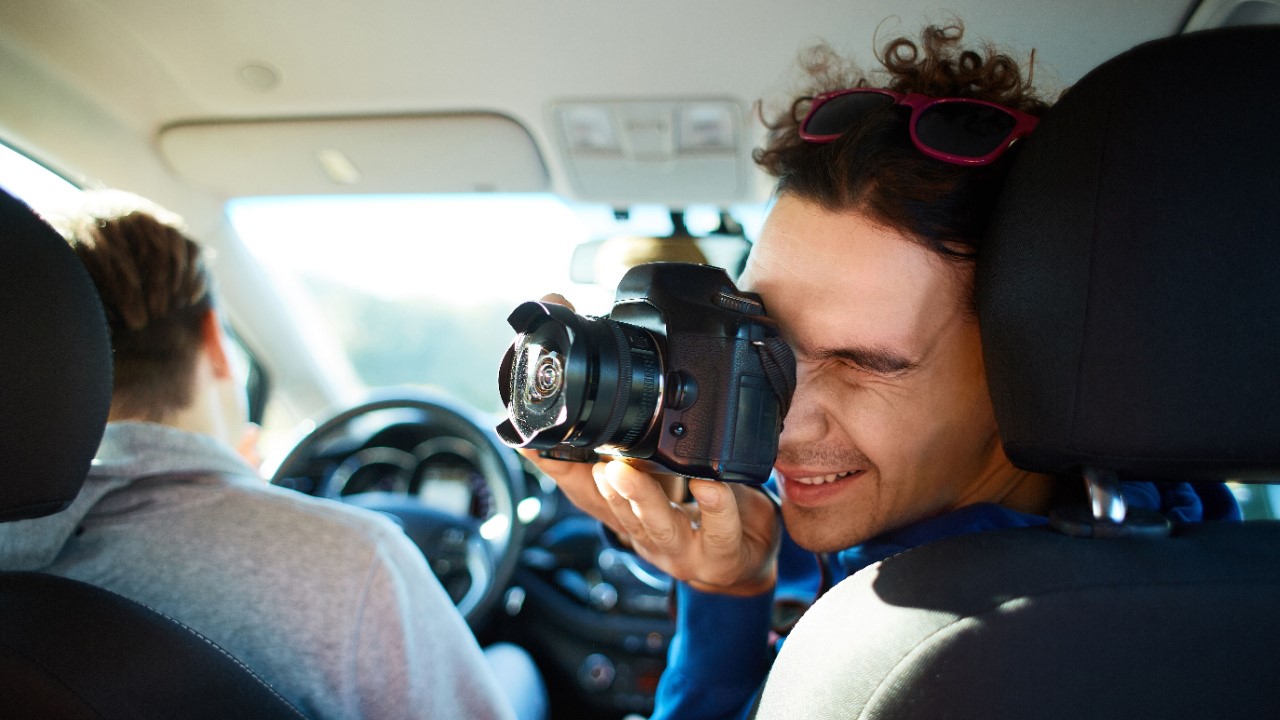
Professional or amateur, camera gear requires special care in winter. Rapid temperature changes can cause condensation inside lenses, leading to fungal growth or electrical issues. Cold temperatures also affect battery life and can make LCD screens sluggish.
Delicate camera mechanisms can also become brittle in extreme cold. Professional photographers recommend using insulated camera bags and allowing equipment to acclimate to temperature changes gradually. When bringing gear from cold to warm environments, let it warm up slowly in a sealed bag to prevent condensation.
Cosmetics

Many cosmetics contain water or oils that can separate or change consistency when frozen. Liquid foundations can become grainy, lipsticks can crack, and nail polish may become thick and unusable. Natural beauty products are especially vulnerable to temperature changes.
Some products, like liquid foundations or cream-based items, can become breeding grounds for bacteria during freeze-thaw cycles. Keep cosmetics at room temperature, ideally between 45-75°F. If you carry makeup in your purse, take it with you rather than leaving it in the car.



